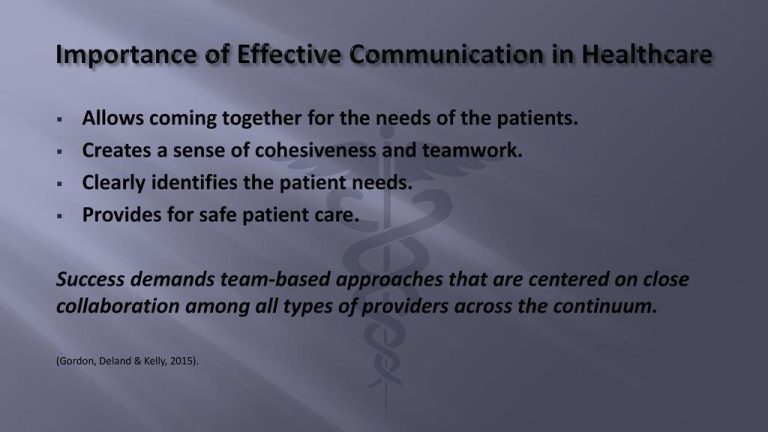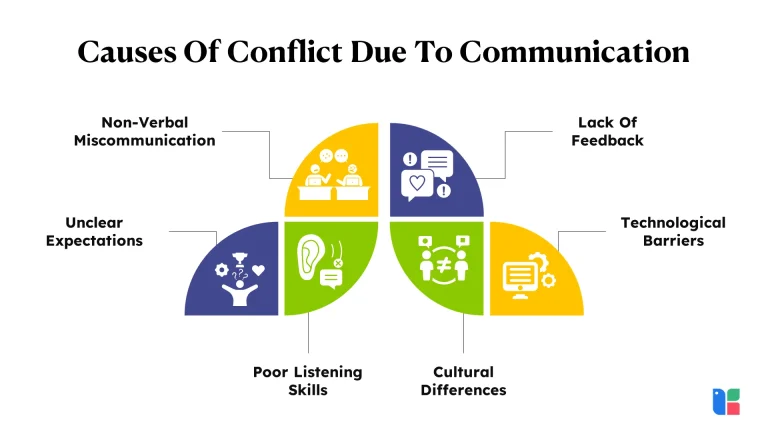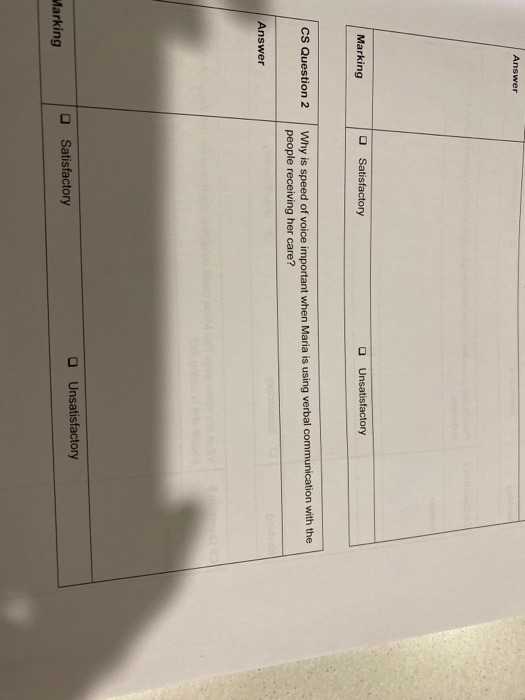Strategic Silence in Communication: The Power of Pauses
Effective communication is a skill that goes beyond words. It involves not just what you say, but also when and how you say it. One often underestimated but an invaluable aspect of communication is strategic silence. In this blog post, we will explore the concept of strategic silence in communication, its importance, and how you can harness its power to improve your interactions, both personally and professionally.
Understanding Strategic Silence in Communication
Strategic silence in Communication is the art of using deliberate pauses in your communication to enhance the effectiveness of your message. It’s not merely the absence of words but a well-thought-out choice to remain silent at specific moments during a conversation. These well-timed pauses can convey meaning, provide emphasis, encourage reflection, and create a more conducive environment for productive dialogue.
The Importance of Strategic Silence
- Enhances Active Listening: Pauses in conversation allow for active listening. When you’re not speaking, you can give your full attention to the speaker, absorb their words, and better understand their perspective.
- Emphasizes Key Points: Strategic silence can be used to emphasize critical points or ideas. By pausing before or after making a significant statement, you draw attention to its importance, ensuring that it is heard and remembered.
- Facilitates Understanding: Silence provides an opportunity for the listener to process what they’ve heard. This reflective pause can help with comprehension and encourage further discussion based on a shared understanding.
- De-escalation and Conflict Resolution: In heated or emotional discussions, strategic silence can be a tool for de-escalation. A well-timed pause allows both parties to cool off, reducing tension and fostering a more rational conversation.
- Empowers Others to Speak: Silence can empower others to speak. By withholding immediate responses, you give room for others to express themselves fully and can be especially helpful in group settings.
How to Use Strategic Silence
- Active Listening: The foundation of strategic silence is active listening. Pay close attention to the speaker, focusing on their words, tone, and body language. Avoid preparing your response while they are talking.
- Pauses for Emphasis: Use pauses strategically to emphasize important points. If you want to ensure that something is not overlooked, pause briefly before and after mentioning it.
- Reflective Silence: After the speaker finishes a thought or shares a perspective, give a moment of reflective silence. This shows that you’re considering their words and encourages them to continue.
- De-escalation in Conflicts: In conflicts, particularly when emotions run high, deploy strategic silence to allow time for emotions to settle. Avoid adding fuel to the fire with immediate reactions.
- Empathy and Support: Sometimes, silence itself can convey empathy and support. When someone is sharing a difficult experience, silence can signal that you are there to listen and empathize, without needing to offer immediate solutions or advice.
- Practice and Adaptation: Like any communication skill, strategic silence takes practice. Experiment with different situations and adapt your use of silence based on the context and your audience.
Conclusion
Strategic silence is a valuable tool in effective communication. By understanding when and how to use it, you can enhance your active listening skills, emphasize key points, foster understanding, and facilitate more productive conversations. Incorporating strategic silence into your communication repertoire can lead to more meaningful interactions, better conflict resolution, and ultimately, stronger relationships in both your personal and professional life. Remember, sometimes, the most powerful words are the ones left unsaid.




